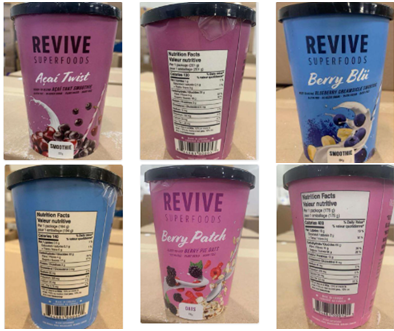According to the ACCC, the Little Big Dairy Company (Dubbo, New South Wales) recalled The Little Big Dairy Company Double Cream from the Australian marketplace due to suspected Listeria monocytogenes contamination. The product was packaged in 300 mL and 1L plastic tubs. These Dairy Products were sold from independent food retailers, including IGA in New South Wales and the Australian Capital Territory. @ https://www.productsafety.gov.au/recalls/the-little-big-dairy-company-pty-ltd-%E2%80%94-the-little-big-dairy-company-double-cream-300ml-and-1l




